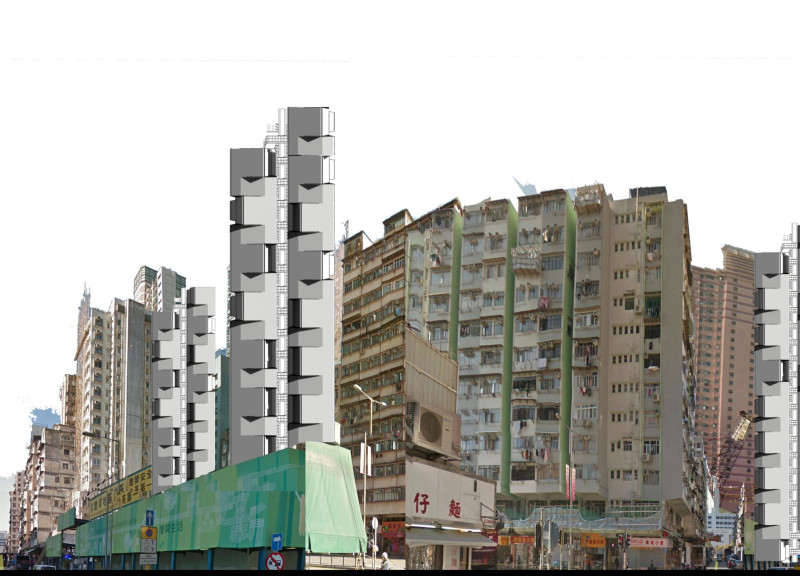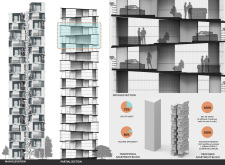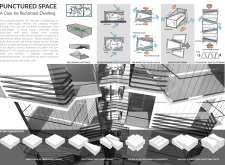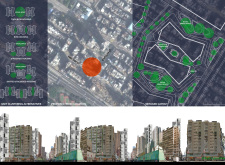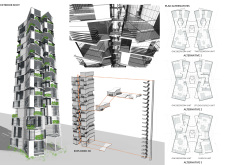5 key facts about this project
At its core, the project represents a multifunctional space aimed at enhancing the community's engagement with its surroundings. The design conveys a sense of openness and accessibility, encouraging interaction among users. Its architecture emphasizes a harmonious relationship with the landscape, subtly integrating with natural elements to create a sense of place that resonates with the local context.
The building features a well-planned layout that facilitates seamless flow between spaces, promoting a sense of connectivity. The central atrium serves as the heart of the structure, allowing natural light to penetrate deep into the interior, while large windows provide panoramic views of the landscape. This approach not only enhances the aesthetic quality of the interior but also fosters an environment conducive to collaboration and social interaction.
Important details of the project include a carefully selected palette of materials that reflects both durability and local identity. The use of reclaimed wood, responsibly sourced stone, and glass is prevalent throughout the design, echoing the commitment to environmental sustainability. Reclaimed wood adds warmth and texture to various surfaces, while stone serves as a grounding material that merges the structure with its natural surroundings. The extensive use of glass further connects the interior spaces to the exterior, blurring the lines between indoors and outdoors and promoting a sense of transparency and openness.
Unique design approaches are evident in the building's roofline and facade treatment, which are both functional and visually appealing. The sloped roof not only contributes to the structure's aesthetics but also serves practical purposes, such as optimizing rainwater collection. The facade's articulated surface creates a dynamic visual effect, shifting throughout the day as the sunlight interacts with the building, reinforcing the project's relationship with the environment.
Each space within the structure has been meticulously designed to serve specific functions while maintaining versatility for future adaptability. The meeting rooms are equipped with advanced technology, allowing for both physical and virtual interactions. Common areas promote social engagement through flexible seating arrangements, accommodating a variety of gatherings and interactions. The overall design ethos prioritizes user experience, ensuring that each area is intuitive and inviting.
Another essential aspect of the project is its emphasis on energy efficiency and sustainability. The integration of solar panels on the roof demonstrates a proactive approach to renewable energy, while high-performance insulation materials minimize energy consumption. The careful attention to the building's orientation optimizes natural heating and cooling, reducing the reliance on artificial climate control systems. These sustainable design choices exemplify a holistic approach to contemporary architecture, advocating for a balance between human needs and environmental stewardship.
By fostering a sense of community and encouraging interaction, this project contributes positively to the urban landscape. Its design is not only about creating structures but about shaping experiences that enrich the lives of users. This building serves as a benchmark for future architectural endeavors, showcasing the importance of thoughtful design that is responsive to environmental, social, and cultural cues.
For those interested in delving deeper into the specifics of this architectural project, further exploration of its architectural plans, sections, designs, and innovative ideas is highly encouraged. Experience the comprehensive thought processes that went into its creation and appreciate how each element collaborates to create a cohesive and engaging space.


